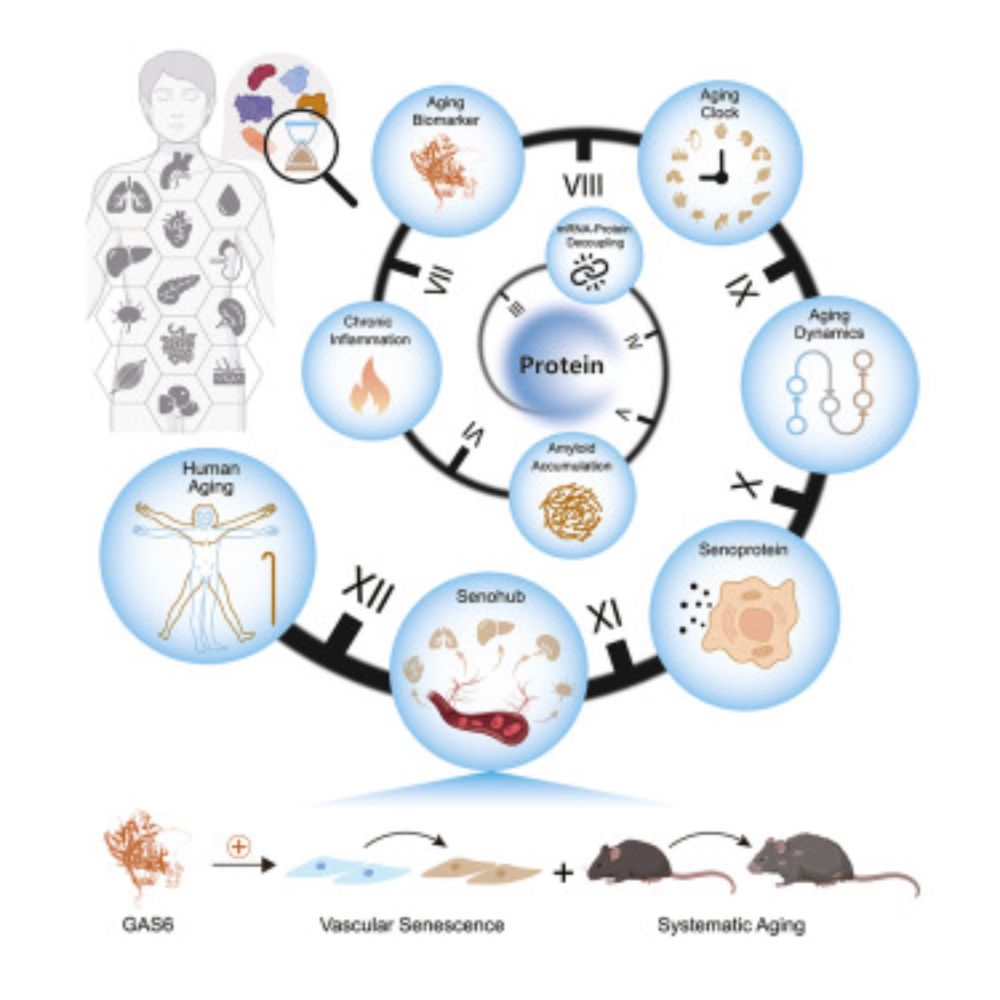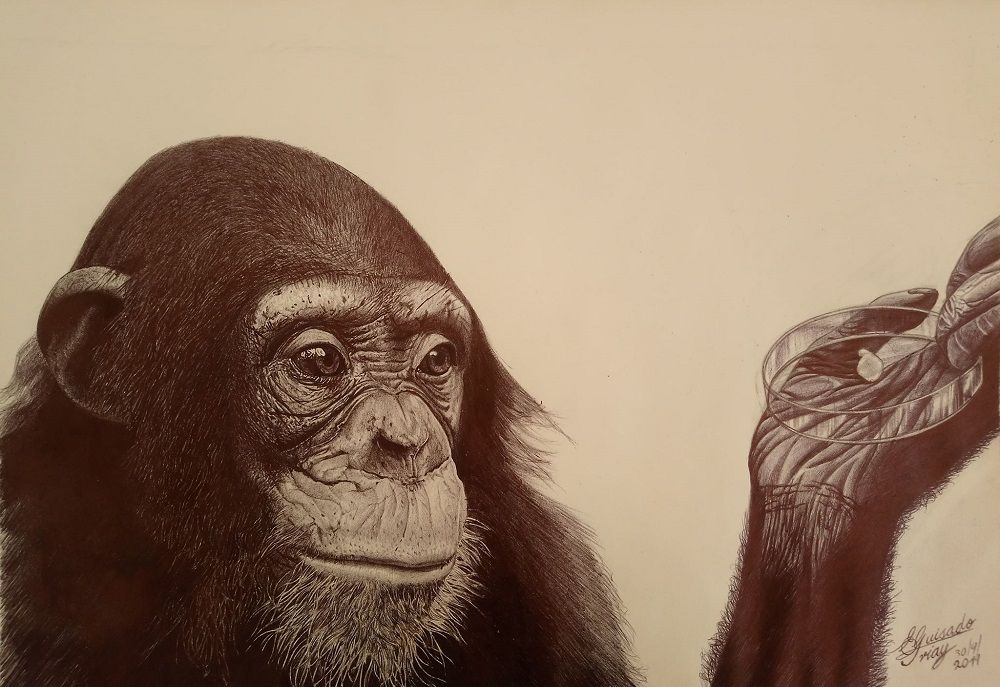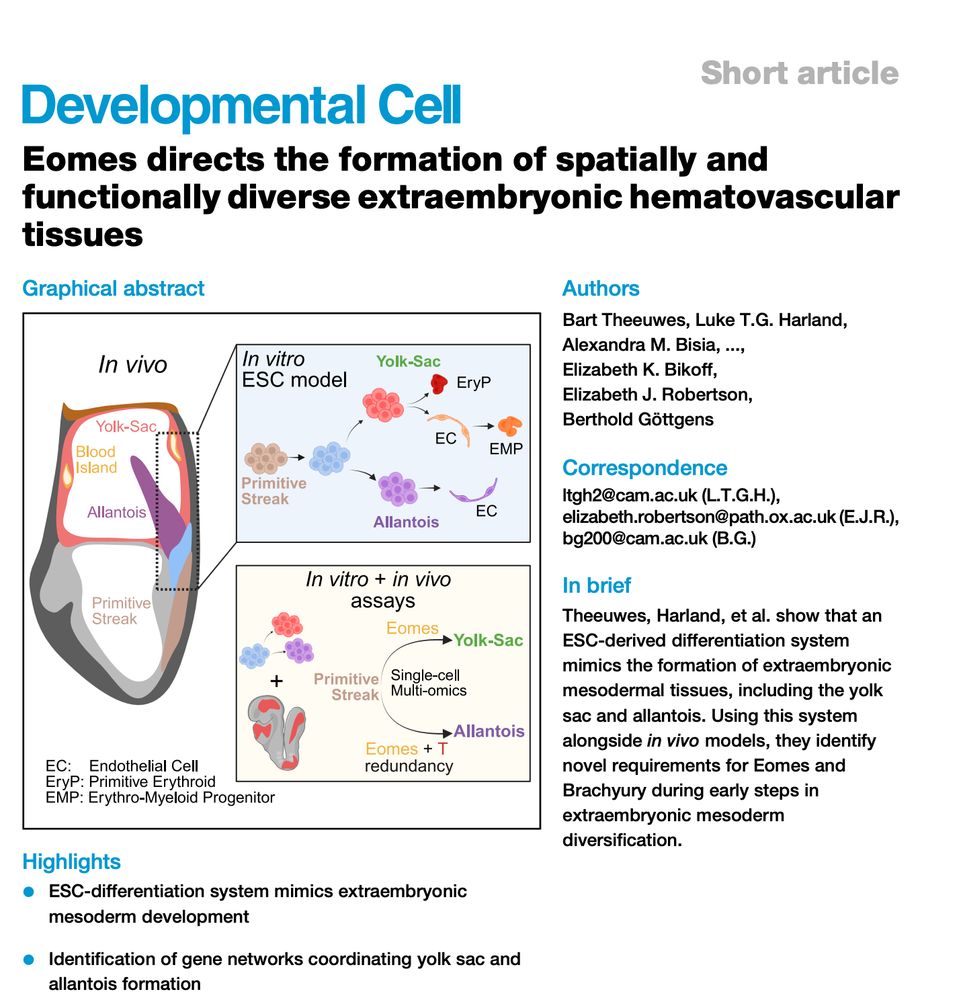

Rejoignez-nous à Nantes pour l’École Thématique Organoïdes 2025 🧬 Découvrez notre pré-programme complet !
⚠️ Places limitées – La pré-inscription est indispensable pour participer.
📋 Plus d’infos et pré-inscription ici : organoides.sciencesconf.org
@lionlchristiaen.bsky.social and I have an exciting program of speakers and slots for selected short talks, etc.

@lionlchristiaen.bsky.social and I have an exciting program of speakers and slots for selected short talks, etc.
Read about our approach to organoids/assembloids here: www.biorxiv.org/content/10.1...

Read about our approach to organoids/assembloids here: www.biorxiv.org/content/10.1...
A Research Highlight showcasing new work from @katiabarrett.bsky.social, Shalabh Anand, Virginie Thome, Laurent Kodjabachian, @merkellab.bsky.social, @pflenne.bsky.social
journals.biologists.com/dev/article/...

www.cell.com/cell/abstrac...

www.cell.com/cell/abstrac...
What does our gut say about how we became human? During my hitchhiking journey spanning 3 countries and multiple lab moves

What does our gut say about how we became human? During my hitchhiking journey spanning 3 countries and multiple lab moves

www.nature.com/articles/s41...

www.nature.com/articles/s41...
1/ Tuft cells are perhaps the coolest cells in our gut orchestrating host defense, but how do they manage? @julian-buissant.bsky.social provides new insights into tuft cell differentiation, and the development of accurate in vitro models for experimental cell biology 🧫🔬🧬
rdcu.be/exou9

1/ Tuft cells are perhaps the coolest cells in our gut orchestrating host defense, but how do they manage? @julian-buissant.bsky.social provides new insights into tuft cell differentiation, and the development of accurate in vitro models for experimental cell biology 🧫🔬🧬
rdcu.be/exou9
www.science.org/doi/10.1126/...

www.science.org/doi/10.1126/...
www.science.org/doi/10.1126/...

www.science.org/doi/10.1126/...

www.nature.com/articles/s41...

www.nature.com/articles/s41...
www.nature.com/articles/s41...

www.nature.com/articles/s41...
Led by Malte Lücken with Smita Krishnaswamy, we present openproblems.bio – a community-driven platform benchmarking single-cell analysis methods.
Excited about transparent, evolving best practices for the field!
🔗 www.nature.com/articles/s41...

Led by Malte Lücken with Smita Krishnaswamy, we present openproblems.bio – a community-driven platform benchmarking single-cell analysis methods.
Excited about transparent, evolving best practices for the field!
🔗 www.nature.com/articles/s41...

Avec Jean-Gaël Barbara 🐁
Avec Jean-Gaël Barbara 🐁


With 400 participants, 200 posters, and a stellar scientific program featuring both renowned experts and emerging researchers, BaCell3D 2025 is shaping up to be another unforgettable event—happening June 23–25 at the ZLF Hall, University of Basel.
With 400 participants, 200 posters, and a stellar scientific program featuring both renowned experts and emerging researchers, BaCell3D 2025 is shaping up to be another unforgettable event—happening June 23–25 at the ZLF Hall, University of Basel.
www.cell.com/cell-host-mi...
www.cell.com/cell-host-mi...
https://go.nature.com/3ST2BN7

https://go.nature.com/3ST2BN7
Cells decode BMP gradient via temporal integration of signaling level, not instantaneous thresholds. While GRN gates response to provide additional spatial input
Morphogen signalling dynamics + GRN for tissue patterning
www.biorxiv.org/content/10.1...

Cells decode BMP gradient via temporal integration of signaling level, not instantaneous thresholds. While GRN gates response to provide additional spatial input
Morphogen signalling dynamics + GRN for tissue patterning
www.biorxiv.org/content/10.1...


